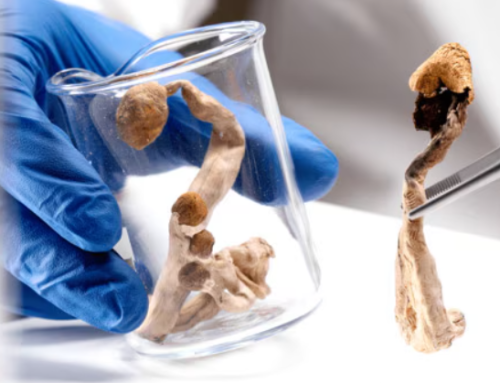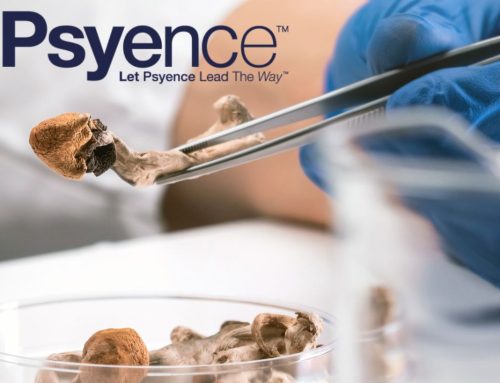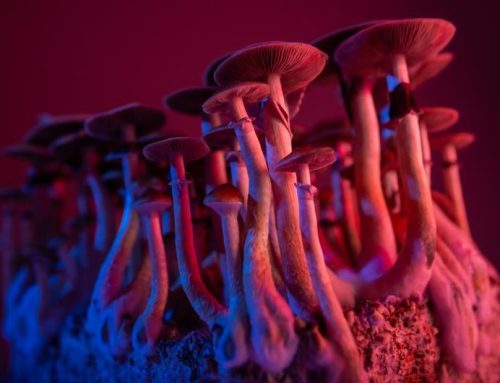New Mexico Takes a Landmark Step Toward Legal Psychedelic Therapy
LOS ANGELES- New Mexico just made history—again.
Governor Michelle Lujan Grisham has officially signed the Medical Psilocybin Act into law, positioning New Mexico as the third U.S. state to legalize psilocybin for therapeutic use. But unlike Oregon and Colorado, which passed their reforms through ballot initiatives, New Mexico took the legislative route—marking a significant shift in how states are approaching psychedelic medicine.
Under Senate Bill 219, psilocybin—the psychoactive compound in so-called “magic mushrooms”—has been decriminalized for clinical treatment of treatment-resistant depression, PTSD, substance use disorders, and end-of-life distress. The law also calls for the creation of a nine-member Medical Psilocybin Advisory Board to guide the program’s rollout.
The advisory board, appointed by the state’s Department of Health, will include experts in behavioral health, advocates for Native communities and veterans, and other key stakeholders. Once formed, the board will be responsible for drafting licensing regulations for both providers and producers, building a framework for legal access and safe administration of psilocybin therapies.
According to Victoria Cvitanovic, a New Mexico-based attorney who specializes in psychedelic law and helped champion the legislation, the first patients may begin receiving treatment as soon as March 2028, though that timeline could accelerate if the board moves quickly. Still, she warns, “These programs often take longer to launch than expected. Building an in-state supply chain, training qualified providers, and onboarding patients all takes time.”
New Mexico’s program builds on lessons learned in Oregon and Colorado, but it also brings something unique to the table: a state-funded research initiative. The bill establishes a fund to support university-led research into psilocybin’s medical efficacy, ideal treatment protocols, and even the cultivation of specific mushroom strains. The University of New Mexico is expected to play a central role, given its long-standing reputation as a leader in psychedelic science.
Cvitanovic also pointed to growing interest in agricultural research around mycelium—both functional and psychedelic—as a potential area of collaboration for institutions like New Mexico State University.
Importantly, the legislation doesn’t stop at science and regulation—it also includes an equity fund to help patients access treatment regardless of income. Cvitanovic emphasized that this is a “community-based” approach: “This is about helping people heal and thrive—especially our neighbors, veterans, and those carrying trauma.”
The advisory board will eventually have the power to expand the list of qualifying conditions, potentially adding anxiety-related disorders and other mental health challenges in the future.
While the program is still years away from full implementation, Cvitanovic encourages providers to begin preparing now—and for patients to start asking questions. “This is a scientifically backed treatment with life-changing potential,” she said. “And New Mexico is helping lead the way.”
As the national conversation around psychedelics continues to evolve, New Mexico’s model may set a new precedent for how other states balance research, regulation, and access.




































